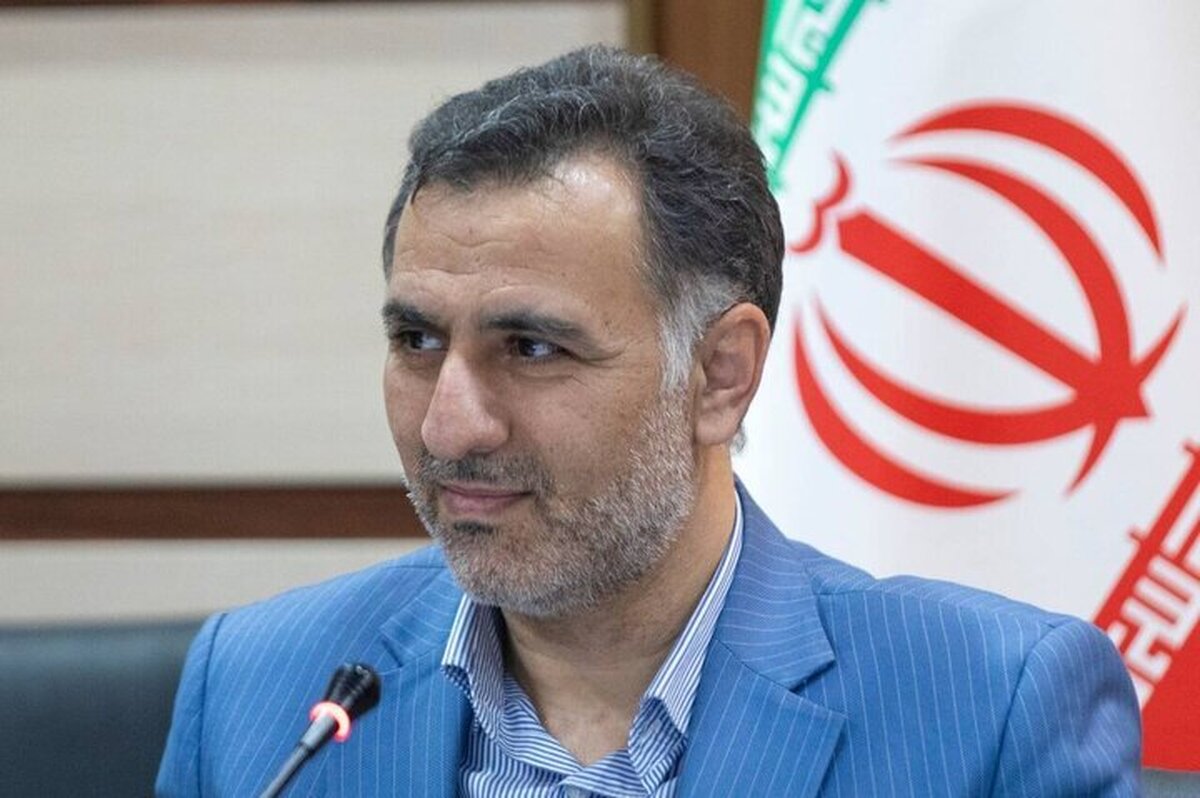
60-Km Pipeline Will Link Qeshm to Nat’l Gas Grid
EghtesadOnline: Pipe-laying operation has begun to connect the Persian Gulf’s largest Island (Qeshm) to the national gas grid, head of the state-run National Iranian Gas Company said.
“The 60-km pipeline, from Banda Abbas to Qeshm County in Hormozgan Province, will transfer 25 million cubic meters of natural gas to the island per day to be used as feedstock in the Qeshm Power Plant and petrochemical plants under construction,” Hassan Montazer-Torbati, was quoted as saying by ILNA.
The feedstock will be sufficient to feed four petrochemical plants that have registered a work-in-progress rate of 50%, he said, noting that upon completion the complexes will produce 6 million tons of value-added products per annum.
“Of the 60-km pipeline 20 km is now in place including 3,000 meters on the Persian Gulf bed laid with the horizontal directional drilling method.”
HDD is a construction technique whereby a tunnel is drilled under a waterway or other designated areas, and a pipeline is pulled through the drilled underground tunnel.
The existence of hydrocarbons, the strategic Strait of Hormuz, proximity to the Oman Sea, connection to national electricity network and access to Central Asia markets are among advantages of Qeshm that reinforce its strategic location as a hub for oil, gas and petrochemical export.
According to Torbati, the Bandar Abbas-Qeshm pipeline is an extension of the Iran Gas Trunkline-7 (IGAT-7) that starts in Asalouyeh, Bushehr Province and pumps gas from the giant South Pars field in the Persian Gulf to the eastern regions including Zahedan in southeast Sistan-Baluchestan Province.
Pipe-laying work is expected to be complete in June.
“Gas production reached 270 billion cubic meters and 300 bcm in 2019 and 2020, respectively, and is projected to rise to 330 bcm in fiscal 2021.”
Gas Units
Referring to the island’s sole combined cycle power plant, he said its second gas unit is now operational but the third cannot go on stream unless the gas pipeline project is complete.
With 170-MW capacity, the second gas unit was built by Mapna Group-- Iran's main engineering and energy firm -- and cost $225 million. The first unit was launched last year and produces 340 MW.
Besides the rise in power generation, production at Sarkhoun and Qeshm Gas Refining Company has increased to 14.4 million cubic meters per day. The refinery is located 25 km northeast of Bandar Abbas, capital of Hormozgan Province, and has been operating since 1996.
Sarkhoun and Qeshm Gas Refining Company extract and refine natural gas, associated gas condensate and liquefied gas from the Sarkhoun Gas Field in Bandar Abbas region and Gavarzin gas field in Qeshm.
Qeshm Island is a key destination in southern Iran and draws tourists to its wide range of ecotourism attractions such as the Hara Marine Forests, geological formations and sandy beaches. The island is developing its industrial prowess while preserving its age-old traditions.
Infrastructure
In related news, IRNA quoted Ahmad Ali Mouhebati, governor general of Sistan-Baluchestan Province, as saying that pipe laying and infrastructure building is underway in several cities in the southeastern province including Zahedan, Zabol, Khash, Iranshahr, Mirjaveh, Chabahar, Mohamadan, Bampur, Bazman and Delgan.
“Over 1,250 km of gas pipelines have been laid in the provincial capital Zahedan” that needs 1,350 km of pipelines. Almost 90% of the city is now connected to the gas grid. According to Mouhebati, the gas project for the city will be complete by March to be followed by Iranshahr.
Iranshahr was the first city in the region that was partly connected to the national gas grid and a 262-km pipeline connects Iranshahr to Zahedan.
So far, 100 factories and industrial units in the province are linked to the gas network and 200 will be connected soon.


